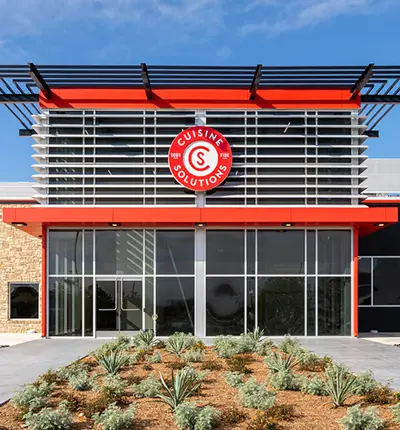
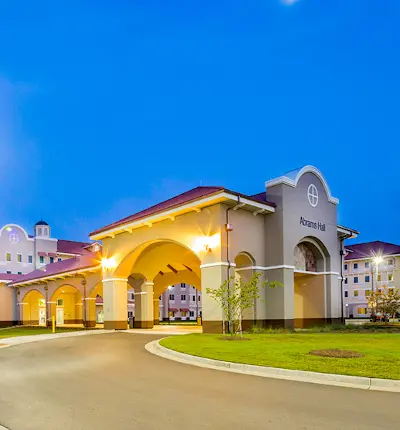
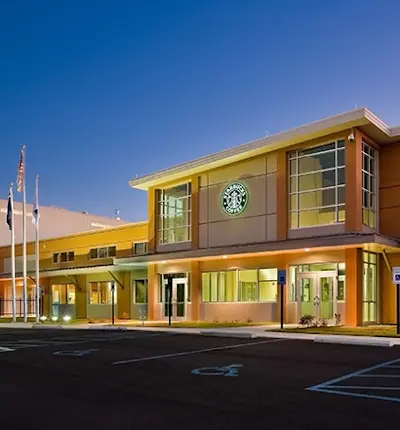
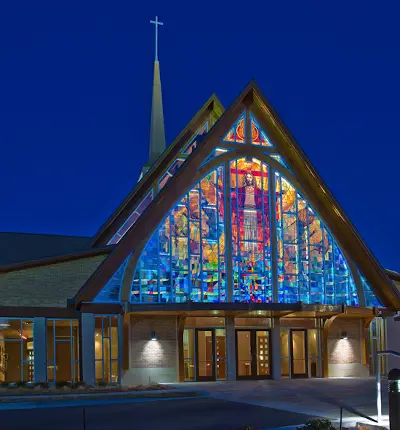
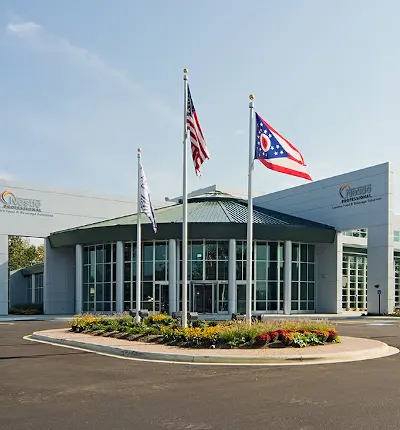
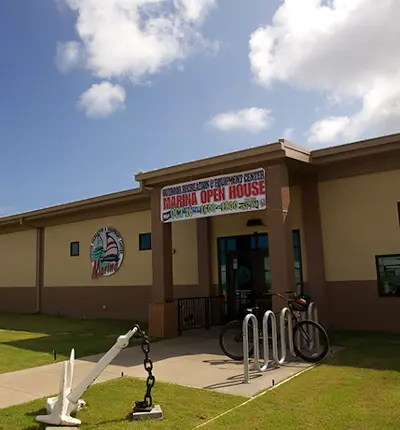
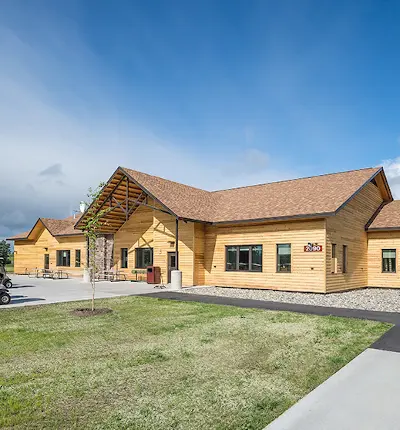
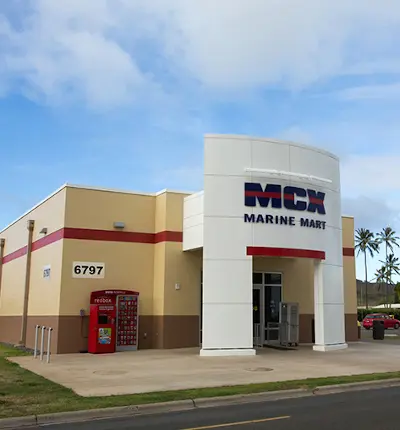
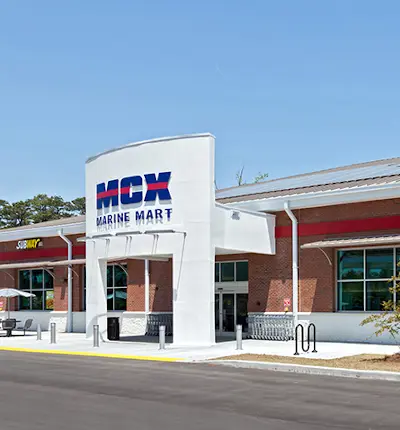
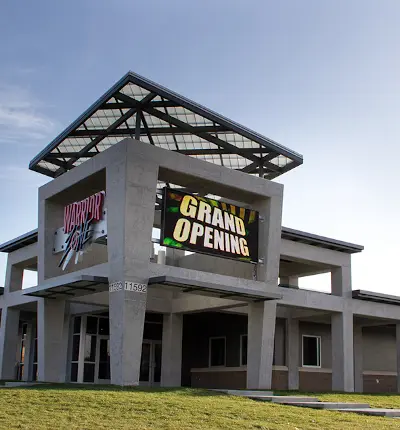
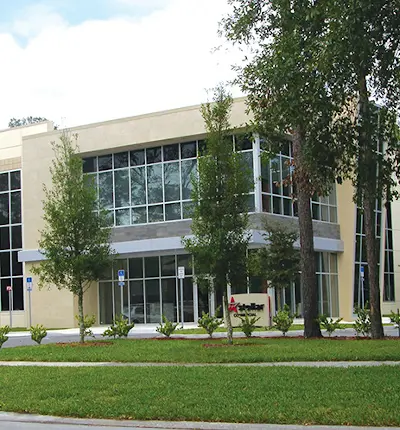
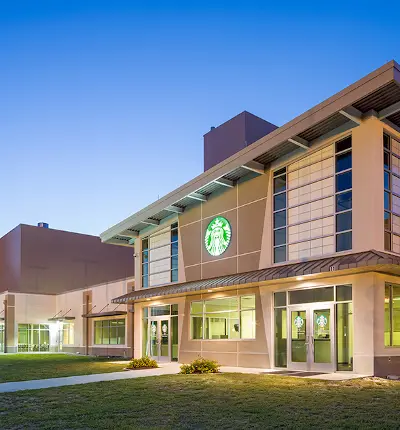
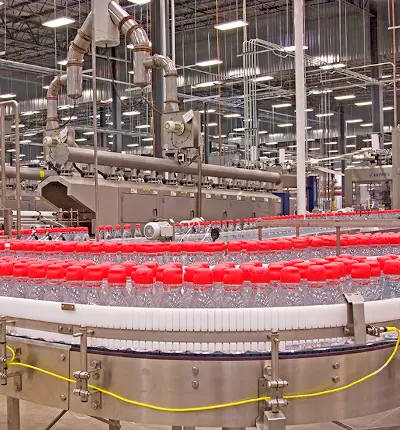
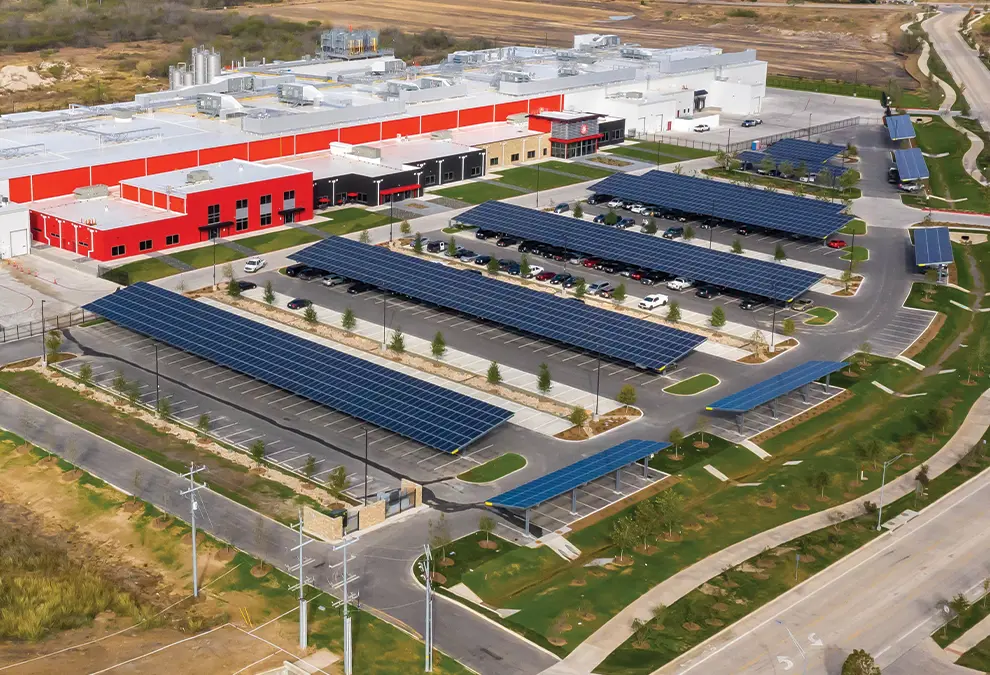)
Cuisine Solutions was named Food Engineering magazine's Sustainable Food Plant of the Year.
We evaluate ways to reduce environmental impact and save customers money through energy efficiency, water reduction, alternative energy, and renewable building materials. We can help you achieve LEED certification or reach other sustainability goals.
Our sustainable solutions are available for greenfield projects, renovations, or existing facilities. We can conduct an energy optimization assessment to examine how our clients can reduce their operating costs through energy efficiency.
VFDs offer energy savings by adjusting motor speed to match the required load, reducing energy consumption compared to fixed-speed motors. Soft start solutions are primarily used to reduce the inrush current drawn by the motor during startup, which helps prevent voltage dips and reduces stress on electrical components.
These programs involve sophisticated strategies and technologies aimed at optimizing energy use, reducing costs, and minimizing environmental impact. They typically go beyond basic energy conservation measures and often incorporate advanced analytics, automation, and integration of renewable energy sources.
Split-stage refrigeration systems are more energy-efficient than traditional single-stage systems, especially in applications with varying cooling requirements. By matching the cooling capacity to the actual load demand, these systems minimize energy waste and reduce operating costs. Additionally, the use of advanced compressor technologies, such as variable-speed drives and oil-free compressors, further enhances energy efficiency.
Condenser balancing is a critical aspect of refrigeration system optimization, ensuring efficient operation, energy savings, and reliable performance across all cooling zones. Regular monitoring, adjustment, and maintenance are essential to achieve and maintain optimal balance in refrigeration systems.
Compressor balancing is essential for optimizing the performance, efficiency, and reliability of refrigeration and air conditioning systems with multiple compressors. Properly balanced systems can achieve energy savings, improved temperature control, and prolonged equipment lifespan, contributing to overall system performance and sustainability.
The choice between natural, LED, and fluorescent lighting depends on factors such as energy efficiency goals, cost considerations, lighting quality requirements, and specific application needs. Natural lighting offers numerous benefits for well-being and energy savings but requires careful design to manage glare and heat gain. LED lighting provides excellent energy efficiency, longevity, and design flexibility but may have a higher upfront cost. Fluorescent lighting is a cost-effective option with good energy efficiency but may have shorter lifespans and environmental considerations.
Demand response (DR) is a proactive strategy used to manage electricity consumption by shifting or reducing load during periods of high demand or grid stress. Participants can receive financial incentives, rebates, or other rewards for reducing electricity consumption or shifting load away from peak demand periods.
Demand control strategies are essential for managing energy demand peaks and mitigating related charges, especially in commercial and industrial settings where utility bills are often based on peak demand levels. By implementing demand control measures, businesses can reduce peak demand levels, lower energy costs, and improve overall energy efficiency.
Thermal balancing refers to the process of optimizing the distribution of heat within a system or device to achieve uniform temperatures across different components or zones. This is particularly important in systems where temperature variations can impact performance, efficiency, reliability, and safety. Thermal balancing aims to minimize hot spots, cold spots, or temperature gradients within the system, ensuring that all components operate within their desired temperature ranges.
Sequencing controls ensure that different actions or events occur in a specific order to optimize the operation of equipment and processes, reducing energy consumption, cycle times, and waste.
The assessment of energy consumption, efficiency, and other relevant factors at specific points or locations within a system, facility, or process provides insights into energy usage patterns, identifies opportunities for optimization, and helps implement targeted energy-saving measures.
The process of capturing and repurposing energy that would otherwise be wasted during various industrial processes or other activities helps improve overall energy efficiency, reduce operating costs, and minimize environmental impact by maximizing the use of available energy resources.
Stellar's leadership has the expertise and understanding necessary to advise you, even on the most complex challenges.